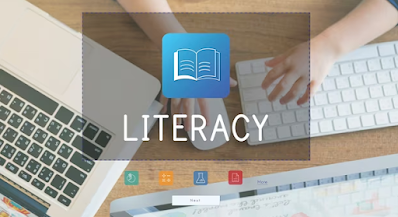How Gamification is Revolutionizing Education and Making Learning Fun
Education has come a long way since the days of chalkboards and textbooks. With the advent of technology, the way we learn and absorb information has undergone a drastic change. One of the latest trends that have taken the educational world by storm is gamification. Gamification is the process of applying game-like elements to non-game situations to make them more engaging and enjoyable. In the field of education, gamification is revolutionizing the way we teach and learn.
Gamification has been successful in making learning fun and exciting. It engages students in a way that traditional teaching methods cannot. When students are actively engaged, they are more likely to retain information and apply it in real-life situations. Gamification has also been shown to increase motivation and productivity levels in students. It creates a sense of competition and rewards, which motivates students to work harder and achieve better results.
One of the ways that gamification is being used in education is through educational games. These games are designed to teach students specific subjects or skills. For example, Math Blaster is a popular educational game that teaches math skills to students in a fun and engaging way. The game involves solving math problems while navigating through a space-themed environment. The game is designed to make math fun and exciting, and it has been shown to be effective in improving math skills in students.
Another way that gamification is being used in education is through the use of game mechanics. Game mechanics are the rules and systems that govern games. They include things like points, levels, badges, and leaderboards. By incorporating game mechanics into education, teachers can create a more engaging and rewarding learning experience for their students. For example, a teacher could create a points system for completing homework assignments, with rewards for reaching certain milestones. This can motivate students to complete their assignments on time and to a high standard.
Gamification can also be used to teach students social skills and emotional intelligence. Many games require players to work together in teams or to negotiate with other players. These skills are essential in real-life situations, and gamification provides a safe and engaging environment for students to practice and develop these skills.
In conclusion, gamification is revolutionizing education by making learning fun and engaging. It has been shown to increase motivation, productivity, and retention of information in students. Educational games, game mechanics, and the development of social skills and emotional intelligence are just a few examples of how gamification is being used in education. With the continued development of technology and the increasing popularity of gamification, we can expect to see more innovative and exciting ways to incorporate games into the learning process in the future.




Comments
Post a Comment